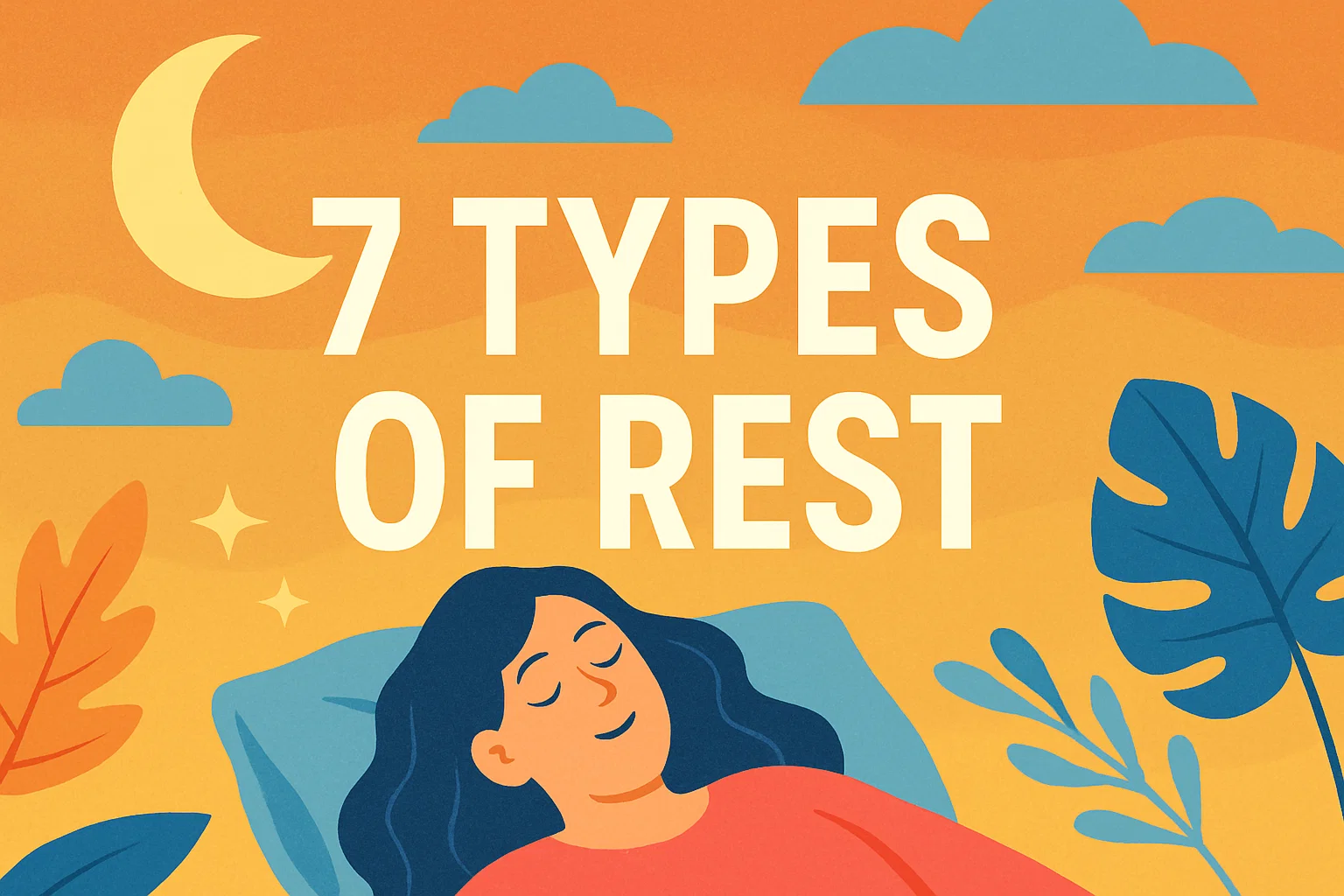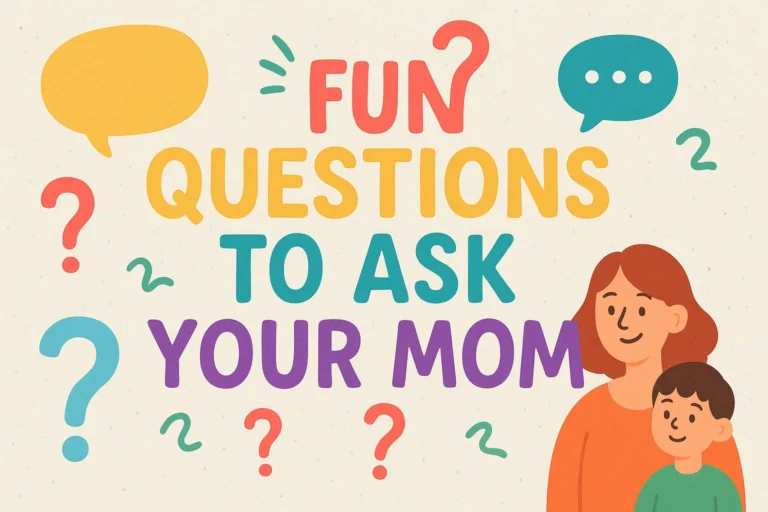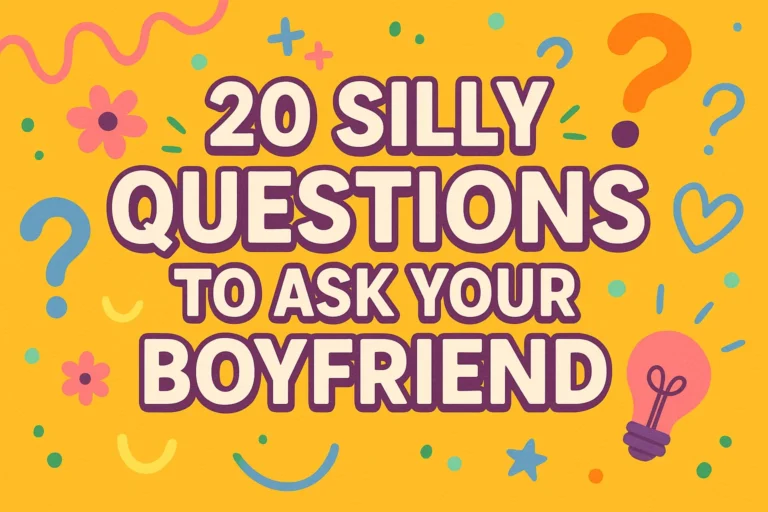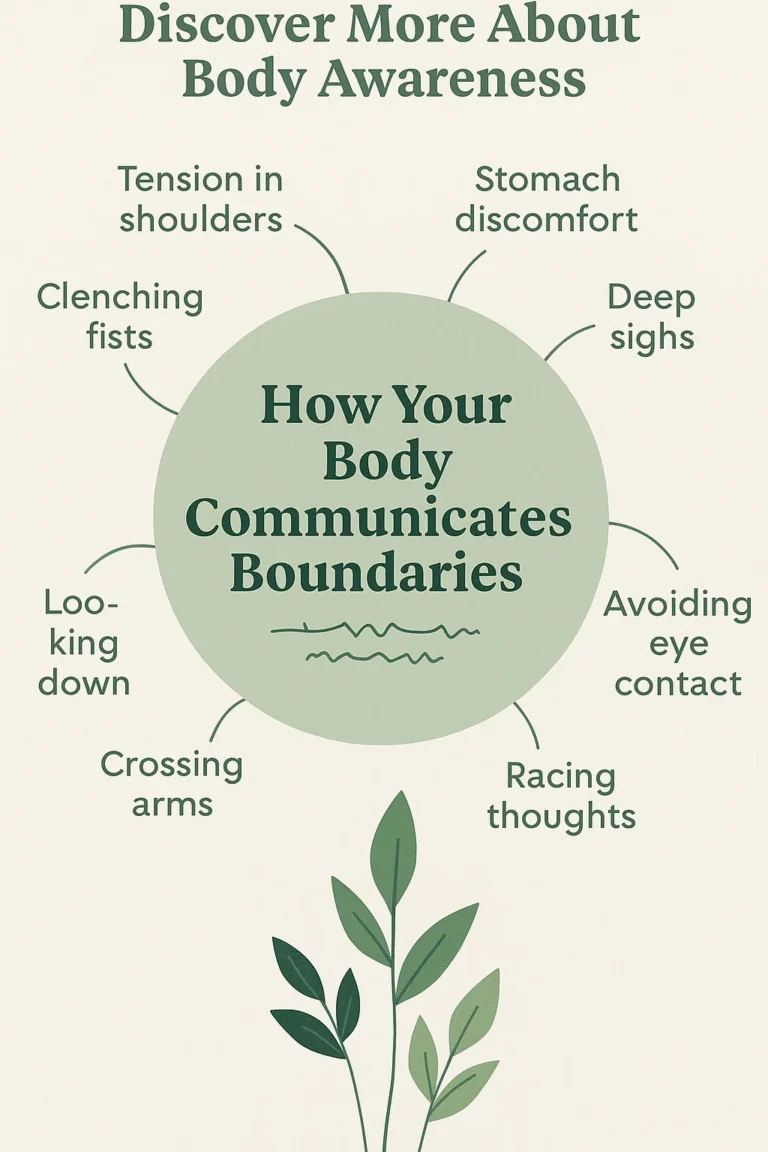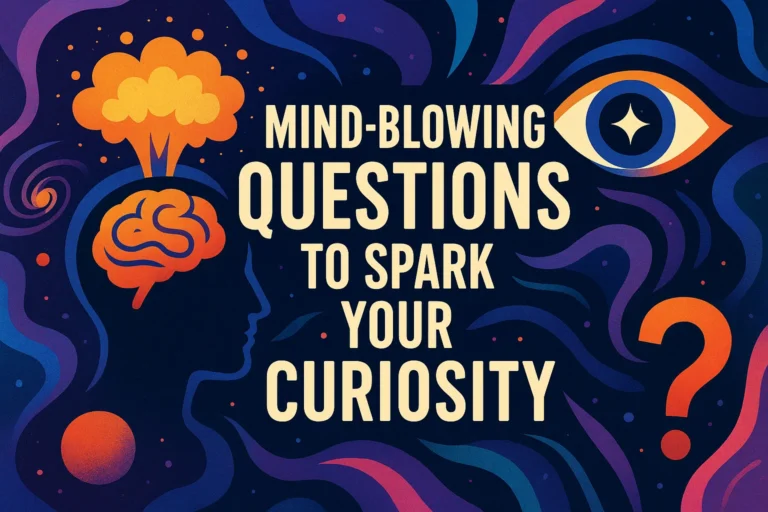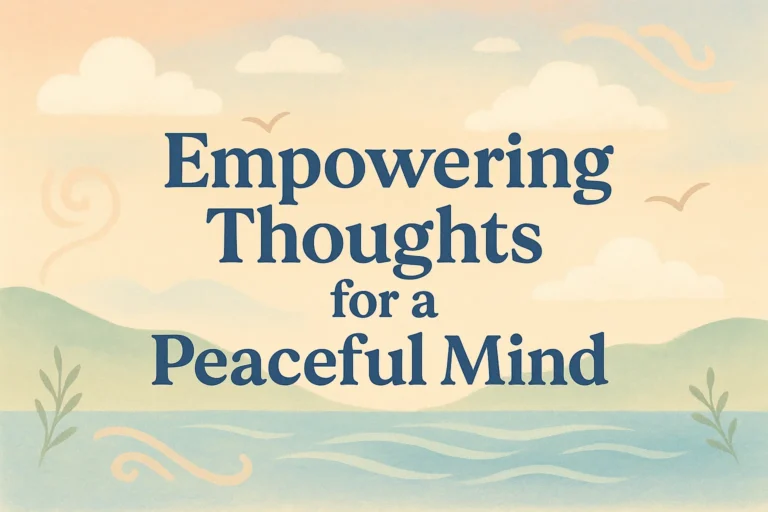7 Types of Rest Boost Your Well-Being with Essential Psychology Skills
Alright, let’s get real for a second. You’ve done all the things, right? You got your solid eight hours of sleep last night, but you still woke up feeling like you’d wrestled a bear and the bear won. You chugged your coffee, powered through the day, and now you’re just… spent. But why?
Here’s a little secret I had to learn the hard way: Sleep and rest are not the same thing.
I know, my mind was blown too. We live in a culture that glorifies being busy and equates exhaustion with productivity. We think if we’re not tired, we’re not trying hard enough. But what if I told you that you could be sleeping ten hours a night and still be desperately, profoundly tired because you’re missing other, crucial types of rest?
This isn’t just me rambling; it’s backed by the work of physician and researcher Dr. Saundra Dalton-Smith. She identified seven distinct types of rest we all need to truly feel restored. So, grab your beverage of choice, get comfy, and let’s break down these seven types of rest. IMO, this is the most essential psychology skill you can add to your well-being toolkit. Let’s get you feeling human again.
The 7 Types of Rest You Absolutely Need
Think of your well-being like a seven-legged stool. If one leg is short, the whole thing is wobbly. If a few are missing, well, you’re on the floor. Let’s make sure your stool is sturdy.
1. Physical Rest
This is the one we all know, but it has two parts: passive and active.
Passive physical rest is what you typically think of—sleeping and napping. It’s your body’s non-negotiable time for repair and recovery. If you’re skimping on this, nothing else will work properly. It’s like trying to run a high-performance sports car on cheap gas and flat tires.
Active physical rest is about activities that improve physical restoration without full sleep. Think yoga, stretching, massage, or even just putting your feet up and consciously relaxing your muscles. It’s the cool-down after the workout, the deliberate pause your body craves.
The bottom line? You need both. If you’re sleeping but still achey and tense, you’re probably missing the active part.
2. Mental Rest
Ever lie in bed, exhausted, but your brain won’t shut up? It’s replaying that awkward thing you said in 2012, your to-do list for tomorrow, and whether you remembered to turn off the oven. That, my friend, is a mentally exhausted brain.
Mental rest is about giving your prefrontal cortex—the CEO of your brain—a break. It’s constantly making decisions, solving problems, and exerting willpower. It gets tired!
How do you get it?
* Schedule short breaks every 2 hours during work. Set a timer! Get up, walk away from the screen, and don’t think about work.
* Brain dump before bed. Write down everything swirling in your head. It gets it out of your mental RAM and onto paper, freeing up processing power.
* Consume less mental junk food. Constant news cycles, social media scrolling, and multitasking are like sugar rushes for your brain. They lead to a crash.
The key sign you need it? You’re forgetful, easily distracted, and can’t seem to focus.
3. Sensory Rest
We are bombarded. Screens fluorescing, notifications pinging, headphones blasting, cities humming. Our nervous systems are on constant sensory overload, and it’s exhausting.
Sensory rest is simply about reducing the input. It’s giving your senses a vacation.
This can be as simple as:
* Closing your eyes for five minutes.
* Taking a lunch break without your phone.
* Turning off all screens an hour before bed (yes, really).
* Enjoying a moment of silence in your car instead of turning on the radio.
I started doing this intentionally, and the first time I just sat in silence with a cup of tea, I almost panicked. My brain didn’t know what to do with the quiet. Now, I crave it. It’s a total sensory reset.
4. Creative Rest
This one is for anyone who has to solve problems or generate ideas—so, basically, everyone. Ever stared at a blank document or canvas and felt absolutely nothing? That’s not a lack of talent; it’s a creative rest deficit.
Creative rest isn’t about doing anything creative. It’s about replenishing your inspiration. It’s filling your well so you have something to draw from.
How do you fill the well?
* Get out into nature. Seriously. A walk in a park or a hike in the woods is like a miracle drug for a stifled imagination.
* Surround yourself with beauty. Visit a museum, listen to an incredible album, or read poetry.
* Engage in awe. Look up at the stars, watch a powerful storm, stand at the edge of the ocean. Awe reminds us of the vastness of the world and sparks new perspectives.
You can’t output creativity if you never input inspiration.
5. Emotional Rest
This is a big one. Emotional exhaustion happens when we spend too much time people-pleasing, wearing a mask, or supporting others without support for ourselves. It’s the feeling of being the “therapist friend” or the “reliable one” until you have nothing left to give.
Emotional rest is the freedom to be your authentic self and express your true feelings without fear of judgment. It’s about being real, not just nice.
This means:
* Saying “no” to things that drain you.
* Setting firm boundaries to protect your energy.
* Spending time with people you don’t have to perform for—people you can be your messy, weird, wonderful self with.
If you feel like you’re constantly performing a role, you need emotional rest. Find your people and take the mask off.
6. Social Rest
Do you ever finish a party or a big social gathering and feel completely drained, even if you had fun? That’s because socializing, especially for introverts, consumes energy. Social rest is about balancing energy-draining socializing with energy-renewing connection.
It’s not about becoming a hermit. It’s about distinguishing between relationships that take and relationships that give.
Energy-draining relationships often leave you feeling judged, anxious, or less-than. Energy-renewing relationships leave you feeling accepted, understood, and energized.
To get social rest, you need to prioritize time with the people who fill your cup. A five-minute chat with a truly supportive friend can be more restorative than a two-hour party full of small talk.
7. Spiritual Rest
This one might sound woo-woo, but stick with me. Spiritual rest is the ability to connect beyond the physical and mental—to feel a deep sense of belonging, love, acceptance, and purpose.
It’s that feeling of being a small part of a much bigger whole. It’s the antidote to feeling alone, adrift, or insignificant.
You can cultivate it through:
* Meditation or prayer.
* Volunteering for a cause you believe in.
* Being part of a community (a choir, a sports team, a book club, a place of worship).
* Simply practicing deep gratitude for the world around you.
It’s about feeling connected to something greater than yourself.
How to Actually Put This Into Practice
Okay, that’s a lot. You’re probably thinking, “Great, seven more things to add to my to-do list. Just what I needed.” I hear you. The goal isn’t to master all seven at once. That’s a recipe for more stress!
The trick is to audit your rest.
At the end of the day, ask yourself: “Which type of rest did I get the least of today?” Was it mental because you were on back-to-back Zoom calls? Was it creative because you didn’t look up from your spreadsheet?
Then, tomorrow, intentionally try to incorporate just five minutes of that missing rest. Feeling mentally fried? Take five minutes to stare out the window. Feeling emotionally drained? Text a friend who gets you.
It’s about tiny, consistent corrections, not a complete life overhaul.
You Deserve to Feel Rested
Chasing one type of rest—usually just sleep—while ignoring the others is like trying to fix a complex software bug by just turning your monitor off and on again. Sometimes it works, but usually, you need a deeper diagnostic.
Your exhaustion has a message. It’s telling you what’s missing. Listen to it. Experiment. Play with these seven types and see which ones make the biggest difference for you.
True well-being isn’t about doing more; it’s about resting more completely. So, which type of rest are you going to try first? 🙂

